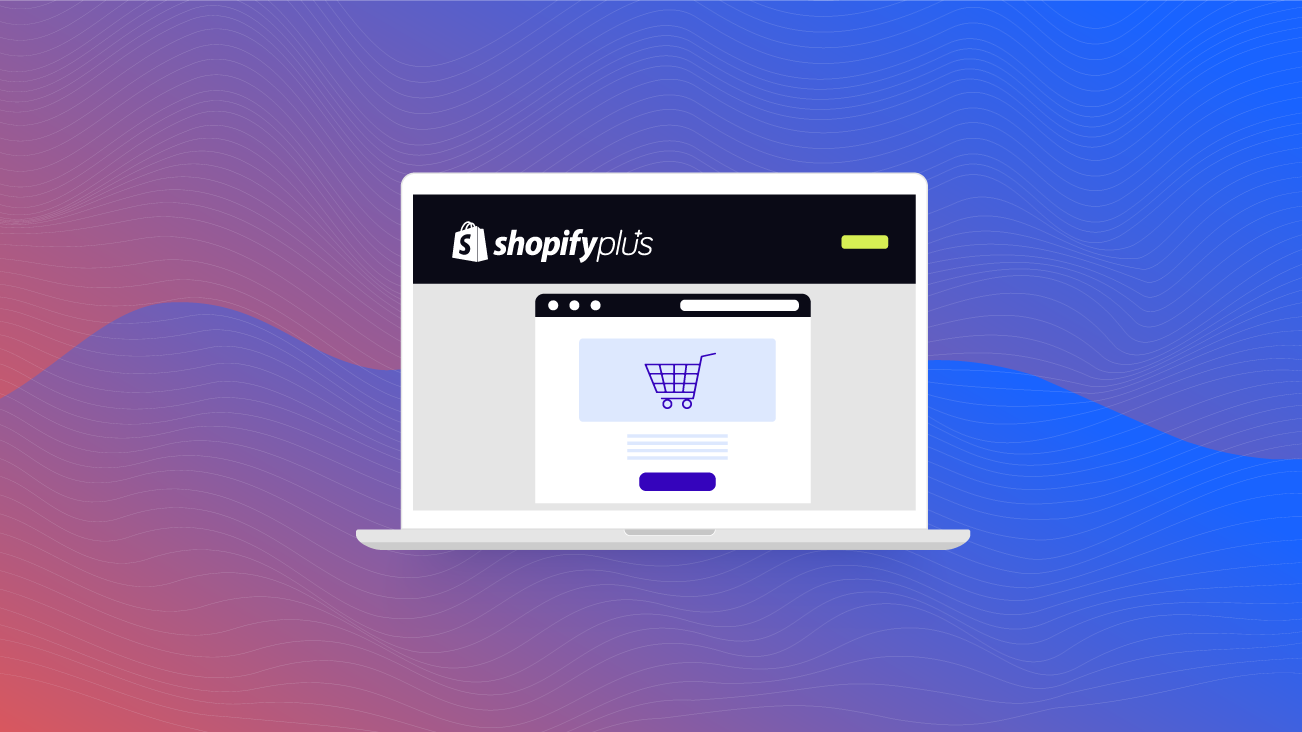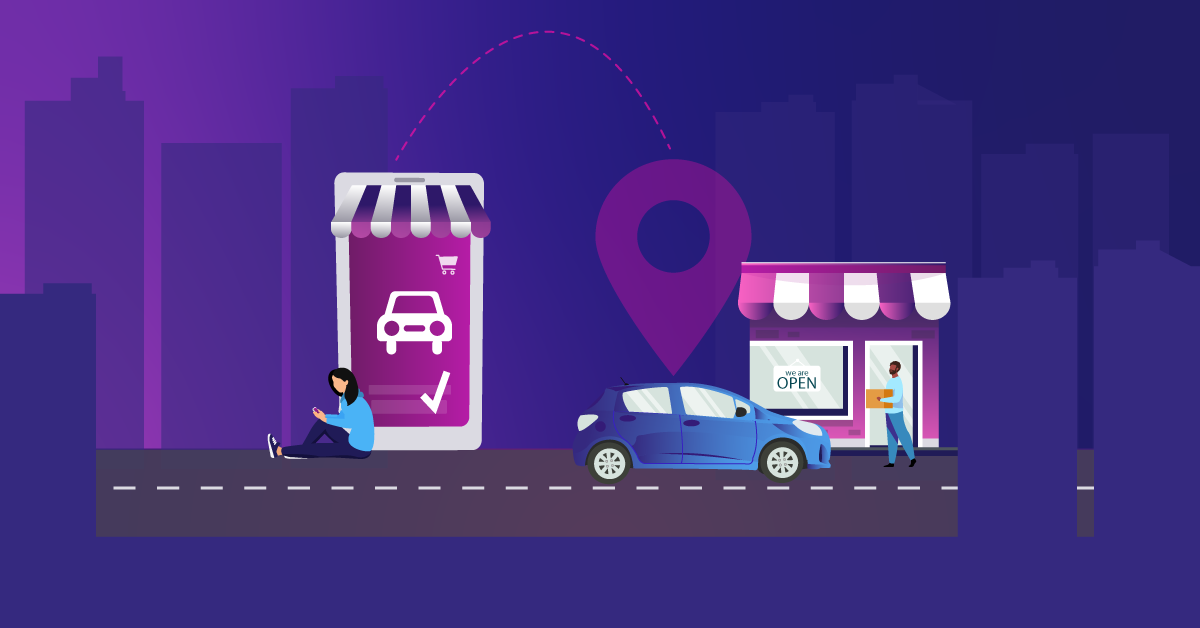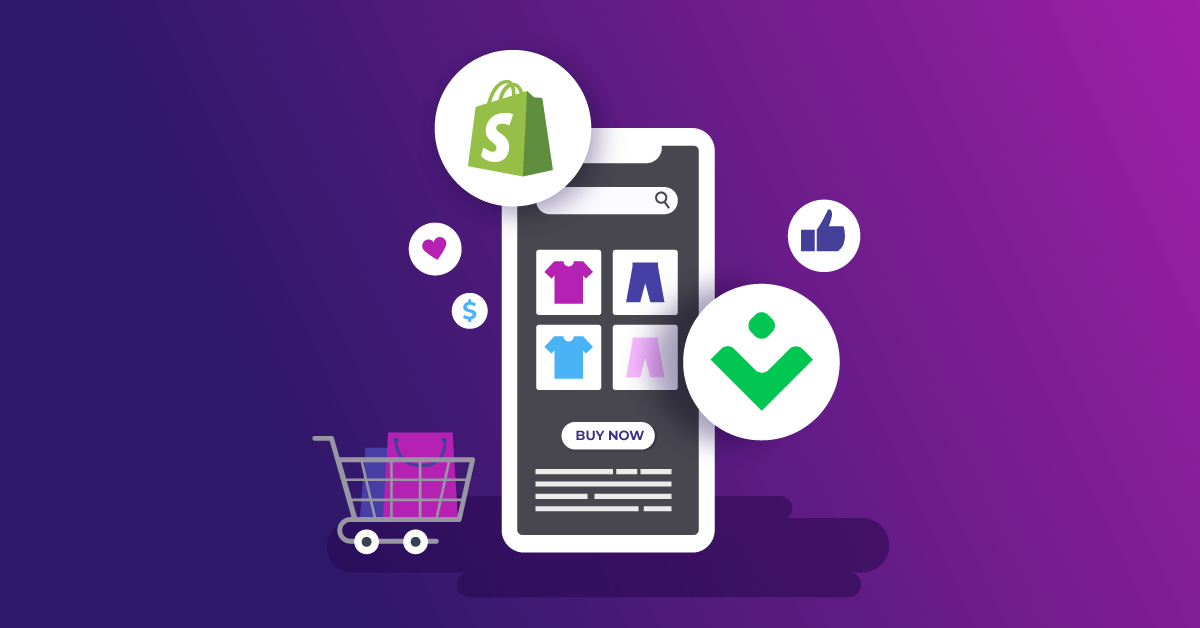Launching a Shopify Plus Enterprise Website in Weeks

A typical enterprise commerce website takes months to conceive and build, but there are situations where a business might require and benefit from a solution developed much quicker.
Bounteous and Shopify Plus have refined the approach to Accelerated Enterprise Commerce, which we’ll review in detail and how it can scale alongside your business growth to lead to complete digital transformation. But we also recommend watching our on-demand webinar covering the topic, when you get a chance.
Why Businesses Might Require Rapid Go-to-Market
In an environment like we’ve experienced in 2020, where physical locations are suddenly closed or limited, traditional retailers without an commerce solution, or with poor commerce solutions have to be creative and nimble in creating effective online experiences for their customers. As traditional retailers are restricted, this also impacts B2B businesses who usually rely on distributing their supply through physical retail locations.
Accelerated commerce solutions can also allow businesses to quickly test online initiatives, rapidly launching seasonal or sale micro-stores that are impactful and do not require an abundance of resource time.
How Businesses Should Prepare For an Accelerated Commerce Solution
Simplicity is key when approaching an Accelerated Enterprise commerce solution. Incorporating requirements that will have the highest return on investment, but require the least amount of effort is integral to the success of a condensed build. Requirements should be clear and concisely articulated to a commerce partner.
Flexibility is also important when approaching a quick build. Sorting requirements by nice-to-have and need-to-have will help you and your commerce partner in prioritizing what can be included in the build, and what might have to be built in a later phase or let go of entirely. For example, key components like product pages, and checkout would be necessary, however certain design elements might not be able to fit into a condensed timeline.
Thinking about what comes out-of-the-box in selected technologies is also important to consider. Platforms like Shopify Plus include a lot of great features that can be leveraged to produce an effective commerce experience.
Shopify’s store editor is easy to use, so that businesses can focus on user experience (UX) and not worry too much about the backend. Powered by Shopify Payments, features like Shop Pay and dynamic checkout allow for accelerated checkout experiences and can lead to an 18 percent increase in conversion rates when enabled.
Tools like Launchpad and Shopify Flow lead to reduced resource time and quicker builds, product launches, and things like flash sales. Shopify Plus has also considered B2B businesses and has built-in features to support custom price lists and percentage-based or volume-based discounts with simple purchase orders and invoicing.
Lastly, limiting third-party vendors and selecting vendors that integrate seamlessly is crucial to accelerating time to market. Shopify Plus has done a lot of work over the past couple of years to strategically limit apps and third-party solutions within the Shopify App Store.
When deciding which vendors you’ll use, make sure to check they’re available within the app store to keep custom development to a minimum. If the vendor you require isn’t available, make sure you’re clear on the amount of custom development or integration that might be required and consider that within your timeline. Your commerce partner can be very helpful in navigating and selecting which apps and third parties would work best within your solution.
How Bounteous Approaches Accelerated Enterprise Commerce
All commerce solutions, big and small require a Discover & Conceive phase with Bounteous. It’s important for us to understand your business goals and ensure that objectives within a commerce solution align with those goals.
As discussed, it’s important for businesses to approach the build with simple requirements, flexibility, and a limited set of required vendors. We will complete a condensed Discover & Conceive over one to two calls with key stakeholders involved. Within this phase, it’s critical that we review the core product and customer data, which will contribute to defining the UX requirements.
Shopify Plus provides built-in themes, and we’ve also developed custom themes that can contribute to determining optimized UX. Like many things, it’s not about reinventing the wheel, but leveraging best practices and applying it to your solution. Our custom-built theme "Activate for Shopify Plus" pulls various components from previous successful solutions, including built-in Google Tag Management for efficient data tracking.
Through Discover & Conceive, we can work with a business to develop a strategic roadmap that will carve out the design and development path forward, and allow our project team to build a comprehensive project plan for the fastest go to market possible.
Building a Foundational Commerce Solution
With requirements defined, and a project plan in place our design and development team can build out what we call the "critical path." This would result in a Foundational Commerce Solution or a Minimum Viable Product (MVP). An MVP is defined by the Agile community as a version of a product with just enough features to be usable by early customers who can then provide feedback for future product development.
Foundational features include everything that will guide a business's customer from the start to the end of their journey (checkout). This can include a homepage, product listing page, product detail page, checkout/cart, and customer account.
In every solution, it’s important to ensure proper analytics are in place in order to assess your customer’s experience and optimize or scale into the future. Shopify Plus has built-in Google Analytics and Facebook Pixel tracking that can be enabled by inserting your Google Tracking ID into the Google Analytics section in your Shopify Admin.
You can implement Google's Commerce tracking at two different degrees of detail with Shopify Plus. Businesses can enable basic commerce tracking if they just want transaction and revenue data or they can enable Enhanced Ecommerce tracking if you want additional information about visitor behavior. Shopify provides detailed instructions on enabling either degree of tracking.
As mentioned, we provide even further advanced tracking with Google Tag Manager integration built into our custom theme.
How to Scale a Foundational Build for a Complete Digital Transformation
Once you have a foundational commerce site in place, with effective tracking, businesses can think about scaling alongside their business growth. The data collected in the initial build is important for scaling as it will provide key insights on your customer behavior, and how they interacted with the commerce experience you provided.
Businesses can take this opportunity to stop, breathe, and assess through a more thorough discover & conceive process with their commerce partner. This will include evaluating features that were excluded from the foundational build and features that hadn’t been considered before to see how they can fit into future phases.
Building out a more complex, strategic ecosystem of vendors and third-party applications that will complement the foundational build is also incorporated in this second conceive & build phase, allowing businesses to accelerate growth and drive additional revenue.
Finally, evaluating different customer groups, regions, or product lines that are relevant to your offering can contribute to rapid growth and ultimately increased revenues.
Accelerated Commerce Solution for Today and the Future
An accelerated commerce solution doesn’t need to be chaotic or mean entirely sacrificing features that will drive the best results for businesses as long as they are approached strategically, with both short and long-term phases considered. Even when developing limited, quick-to-market commerce stores, every solution will be different for every organization, ensuring that the outcome reflects the goals of the entire business for both today, and the future.



